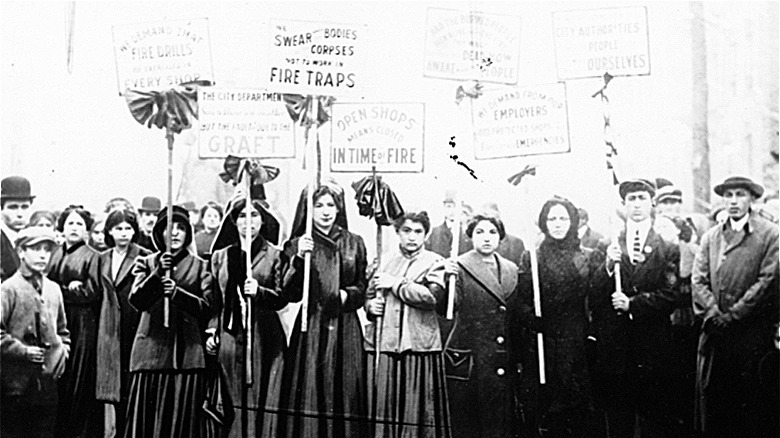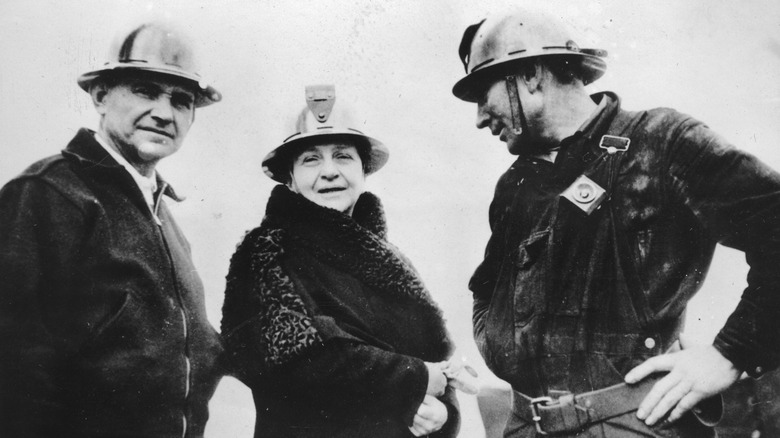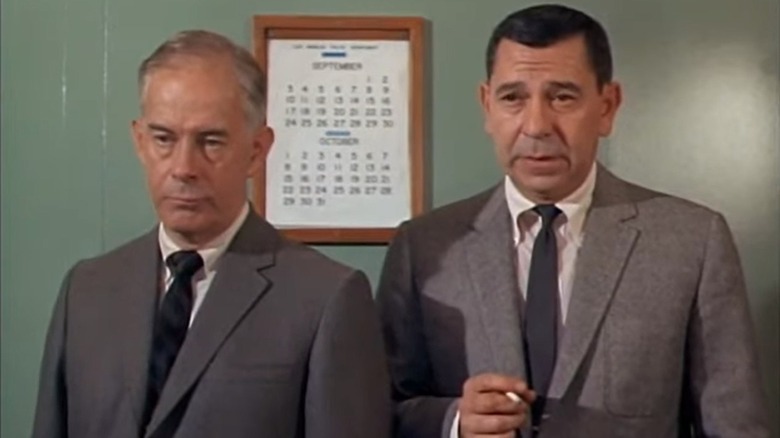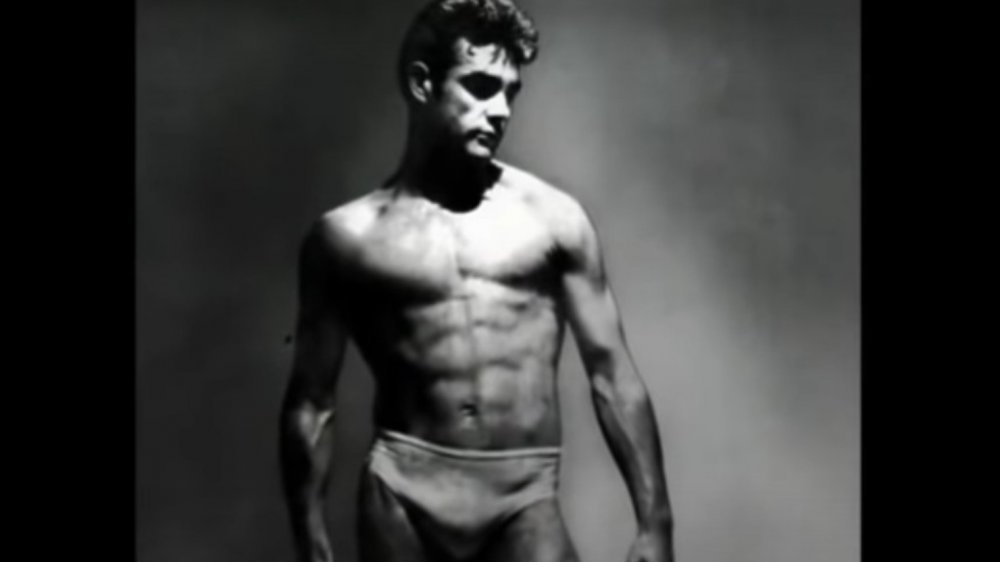
How Frances Perkins Changed Society After Witnessing Multiple Deaths
It had to have been horrific. Frances Perkins watched helplessly as 47 people — mostly teen girls and young women — jumped one at a time from the burning Triangle Shirtwaist factory to their deaths on the New York pavement eight and nine stories below. It was a spring day in March of 1911, when what is still considered one of the worst industrial accidents in history took the lives of 146 workers, The New York Times reported.
According to The Atlantic, Perkins, an educated woman from a well-to-do family in Maine was having tea with friends when they heard sirens and a butler told them there was a fire nearby. They rushed out to see, and when they got there, Perkins would later say, “People had just begun to jump as we got there. They had been holding on until that time, standing in the windowsills, being crowded by others behind them, the fire pressing closer and closer, the smoke closer and closer. They began to jump. The window was too crowded and they would jump and they hit the sidewalk recalled. Every one of them was killed, everybody who jumped was killed. It was a horrifying spectacle.”
Bearing witness to such a terrible event sparked Perkins’ mission in life. She’d already worked toward ending child labor and doing what The Atlantic referred to as “genteel good works” on behalf of the poor but that all changed after the Triangle Shirtwaist Factory fire, which altered the course of Perkins’ life.
Frances Perkins helped create worker safety laws
After the fire, Perkins, having already been a social worker and advocate for workers’ rights, was hired as the executive secretary of the Factory Investigating Committee, which was established to recommend safety protocols that would prevent another such factory tragedy, according to the Frances Perkins Center.
But the commission didn’t just look for possible fire hazards. They embarked on a sweeping investigation to identify all threats to industrial workers’ health and safety and the way that work might affect their families, of which there were many. Per the Library of Congress, during the Industrial Revolution, workers regularly worked 10 to 12 hour days for low wages, often in unsafe conditions doing monotonous tasks. There had been pushbacks, protests, and strikes from workers and their advocates, yet until the Triangle Shirtwaist Factory fire, little was done to change anything.
Yet according to The New York Times, that travesty was the catalyst for the passing of 36 laws in three years that were put in place for workplace safety after Perkins and the committee shared their findings and suggestions. Laws were passed, but that didn’t mean they were immediately followed. Perkins wasn’t done.
In 1918, she was the first woman in New York State government to be appointed to an administrative position. In that role, she worked to find and get rid of corrupt and incompetent members of the state labor department who weren’t enforcing the new laws, according to the Frances Perkins Center.
Frances Perkins established the workers rights still in place today
Frances Perkins eventually became the first woman to hold office as a U.S. cabinet member after being appointed Secretary of Labor by President Franklin Roosevelt in 1933. According to the U.S. Department of Labor, Perkins is still the longest ever serving Secretary of Labor. She held the position for 12 years and three months.
Perkins is credited with helping to write much of the New Deal legislation and helping to establish the Fair Labor Standards Act, per History, which established guidelines that still help to keep workers from being taken advantage of today, including overtime pay if a person works more than 40 hours a week, a minimum wage, recordkeeping by employers, and child labor laws. She also worked to create unemployment insurance and workers’ compensation, and is considered the architect of The Social Security Act.
It’s impossible to know what the landscape of the American workforce would look like if not for Frances Perkins and that devastating when nearly 50 people jumped from a burning building that had grossly inadequate means of escape. Yet, more than 100 years after the Triangle Shirtwaist Factory fire, Perkins’ legacy continues to shape the daily lives of workers across the United States.

The Truth About KISS' Relationship With The Beatles

The Surprising Truth Behind The Bizarre Codex Seraphinianus

What It's Really Like To Work On An Offshore Oil Rig

Ancient Greek Warship Discovered In Egypt's Lost City Of Luxor

The Tragic Story Of The Hart Family
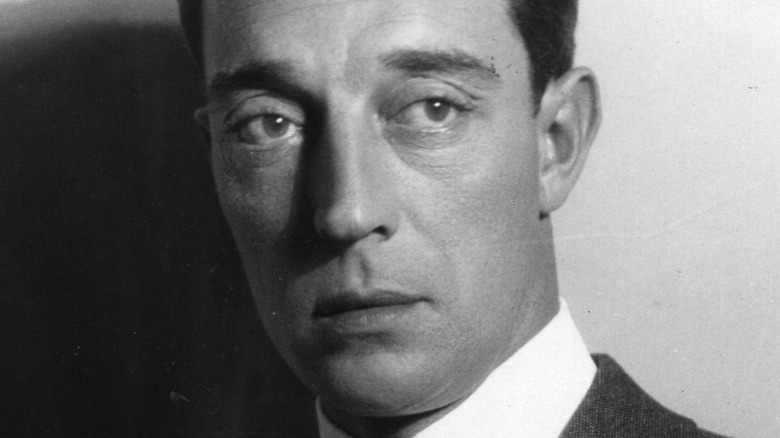
The Tragic Real-Life Story Of Buster Keaton

Danny Trejo Recalls Bizarre Incident With Charles Manson In Jail
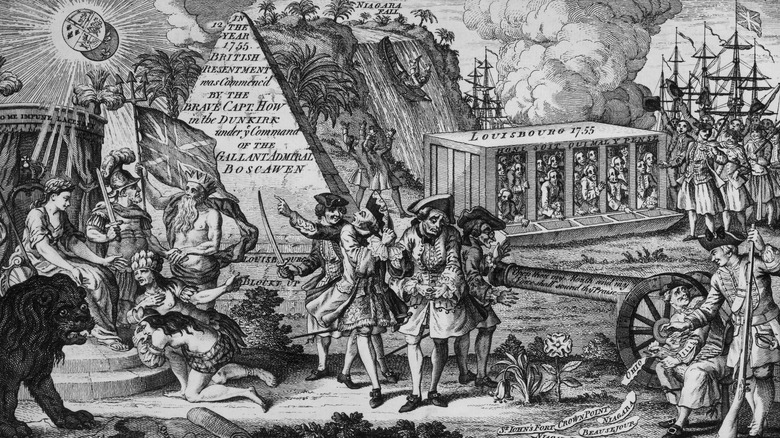
Why The French And Indian War's Name Is Misleading

The Earth's Most Dangerous Mountains To Climb

Pogonophobia: The Truth About The Fear Of Beards
